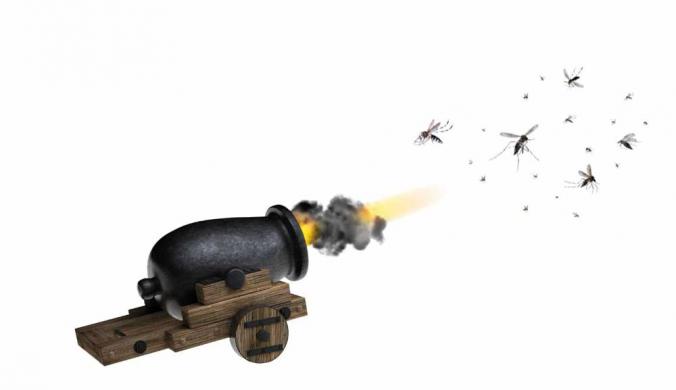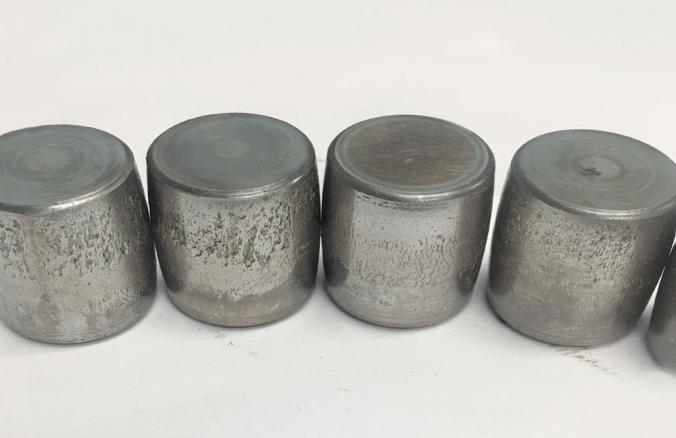Reduce “dirty hours” and create value
The hours when an installation is experiencing unplanned downtime are also referred to as “dirty hours”. Installations are at temperature, under pressure, under voltage, but nothing is being produced. This situation therefore means that energy and heat are consumed – with associated costs – but because productivity is nil, no income is generated. Not to mention the impact on the environment and the loss of raw materials.
Dirty hours therefore result in high energy costs per product. By focusing on improving technical availability, we can reduce these costs. This not only has a positive effect on productivity, but also on the energy ratio.
Peter Decaigny, partner at Mainnovation explains: “We regularly see that the focus is mostly on the technical high-tech options to reduce energy consumption. Not that these matters are unimportant, but often a durable improvement of technical availability has a value creation that is many times higher. We not only reduce the dirty hours, but also provide additional products and associated turnover. So, you kill two birds with one stone.”
Short unplanned downtimes
To improve the technical availability, we have to take a critical look at unplanned downtime. Decaigny: “This may seem obvious, but we are not always aware of the many minutes that the machine or production line is standing still. And many minutes together, quickly make an hour.”
A first improvement lever therefore lies in improving the small unplanned downtimes, the so-called micro-stops. These do not last long, but they occur often and therefore have a significant impact. Eliminating these standstills can in many cases be done through small technical and non-technical adjustments. “The process starts with mapping out these micro-stops. At what point did the machine or production line stop? What was the reason or cause? How long did this take? And what has been done to lift the standstill?” Decaigny warns against a pitfall: “It may sometimes be tempting not to regard a micro-stop as a micro-stop. We hear substantiations such as 'yes, but this is normal' or 'this always happens after a switch', but resolving these standstills could just be the most effective and profitable.”
Surprising findings
Analysing stops to effectively improve the technical availability, will have to be a joint effort of the production operator and the technician. “The operator often has a fixed order of actions. It was taught to him this way - a long time ago - or he himself made adjustments in his actions that are, in his opinion, efficient and correct. For example, he must press the reset button ten times with every format change. He does not lose sleep over that. That is apparently how it works, is his opinion.”
The technician has also adapted his way of working. He knows that a certain part breaks down regularly, so he has more than enough in stock. “But is it normal for this component to fail continuously? And are the various actions performed correctly when the part is replaced, or do they, indirectly, lead to a standstill? If you critically analyse the micro-stops, this might lead to surprising findings…”
Reliability Engineering
A multidisciplinary approach is also essential for tackling larger and more complex shutdowns. Decaigny: “People from production, maintenance, engineering and sometimes suppliers all contribute specific knowledge and skills. A good reliability engineer brings together the necessary competencies and applies the correct analysis technique. In this way, potential solutions are discussed, validated and implemented. And perhaps most importantly, by tackling this as one team, we immediately have the right support to make the change sustainable.”
When solutions to eliminate or shorten the micro-stops or longer downtimes are finally implemented, it is smart to also consider the Management Of Change procedure. Decaigny: “What are the possible effects of the adjustments in processes or working methods on the environment or on safety? In addition, it is also important to consider whether we should also roll out a certain adjustment (after evaluation) to other similar installations. Finally, we must document this properly and update all necessary documents and drawings.”
Surprisingly, while large profits are indeed achievable, micro-stops are often not eliminated and the Management of Change procedure is not applied. Decaigny: “But reducing the dirty hours is recommended for several reasons. It generates value for the company and for the employees. Moreover, as reported, the installations are at temperature, under pressure and under voltage and using this effectively is also good for the environment. Small effort, big pay-off.”
Roadmap reducing dirty hours
- Make a longlist of all unplanned downtimes where different employees provide input
- Focus on the standstills that occur with a certain frequency
- Analyse these standstills by examining step by step what precedes the standstill and what the possible reason/cause is (root cause analysis)
- Determine which specialists should be called in to find a solution. A multidisciplinary approach is essential
- Describe what is needed to implement the chosen solution. For example:
- Adjusting the operator instructions/work instructions
- Implementing the adjustments on other lines/other locations
- Follow the Management of Change procedure to test whether the adjustments do not entail any risks to the environment or safety
- Finally, the chosen solutions can be introduced and propagated horizontally
- After some time, re-list the downtimes to see if they really have disappeared and not created new ones (the Plan-Do-Check-Act cycle).
Text and image: Mainnovation










